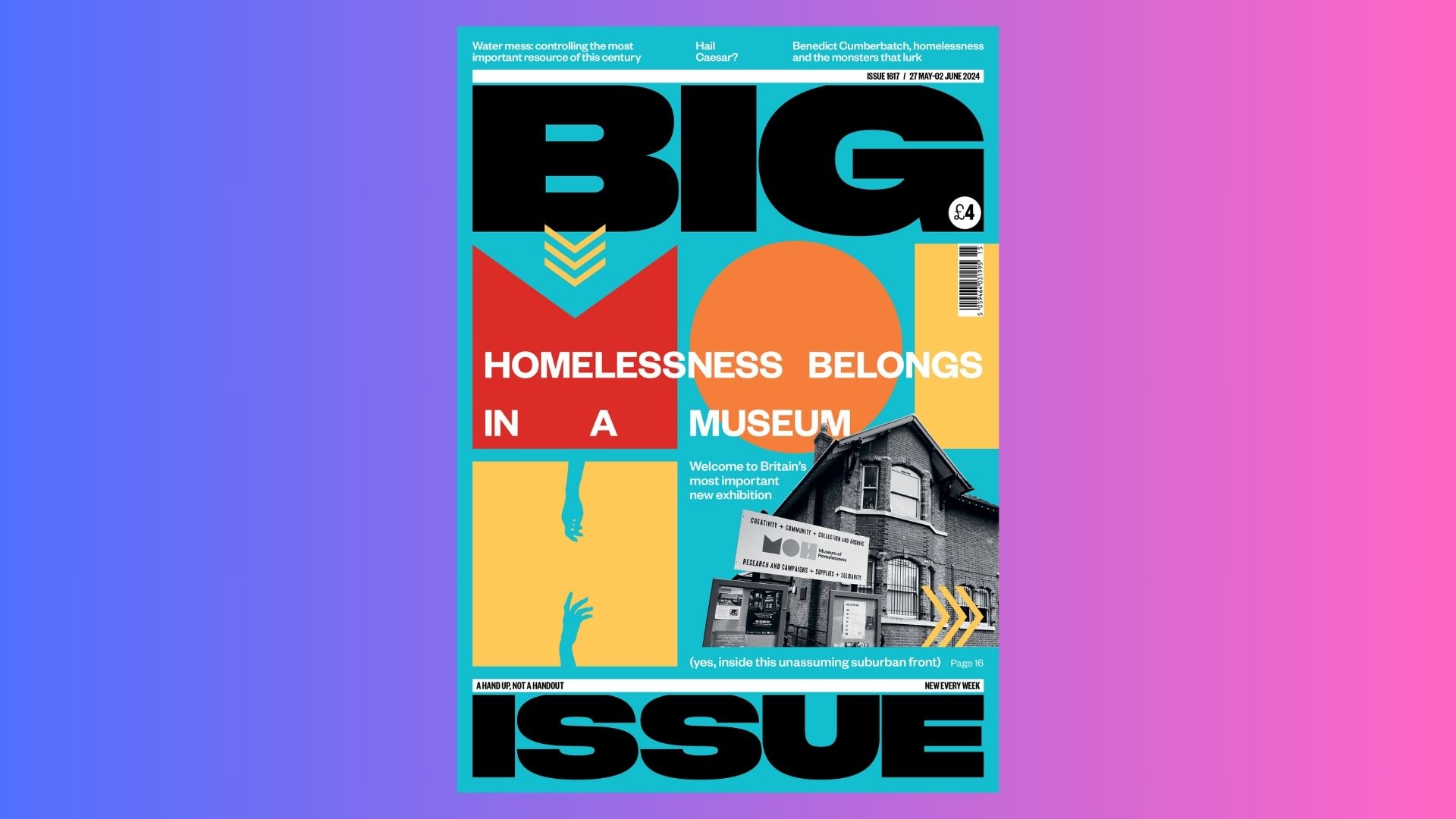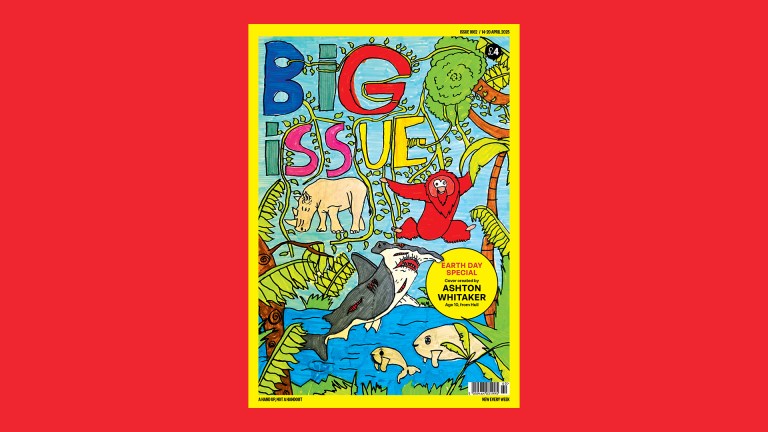The world’s first museum dedicated to homelessness finally has a home. And it’s probably the world’s first museum to have a black bin bag as a headline exhibit too. The Museum of Homelessness (MOH) has existed for a decade but the search for a home has been a long one which has ironically mirrored the community it represents.
Co-founders Jess and Matt Turtle have set up alongside friends from The Outside Project at the Clerkenwell Fire Station or at Streets Kitchen’s Solidarity Hub in London over the years. At one point they even set up an exhibition on the street, displaying objects in the aptly named Street Museum. But last week they finally opened the doors of their own space at the Manor House Lodge on the edge of London’s Finsbury Park.
The museum, which is free to visit, uniquely offers a collection of objects and artefacts that tell us more about the realities of homelessness and the people who experience it. It is also a base for MOH’s community activism: to shine a light on the injustice of homelessness and challenge its existence. And the message from the Turtles is already a clear one: it’s good to be home.
“We really appreciate the generosity of other organisations but to have our own space means so much. It feels really good,” Jess tells Big Issue. “Everyone involved in this organisation: most of us don’t have more than one room. Suddenly we’ve got a building. I remember when we first moved in back in October, we were just running up and down the stairs all the time, going in the different rooms like, wow, really overwhelmed with all this space.
“There’s still a dream to have a residential Museum of Homelessness. So baby steps. But even though we can’t have people actually living here, it is providing an emotional home already. That really means something, I think, in the middle of a housing crisis.”
Big Issue was among the first punters to visit the MOH’s immersive experience How to Survive the Apocalypse at the former park rangers’ house before it opened to the public last week. It’s an exhibition of the kind you won’t see at one of London’s traditional museum heavyweights.










